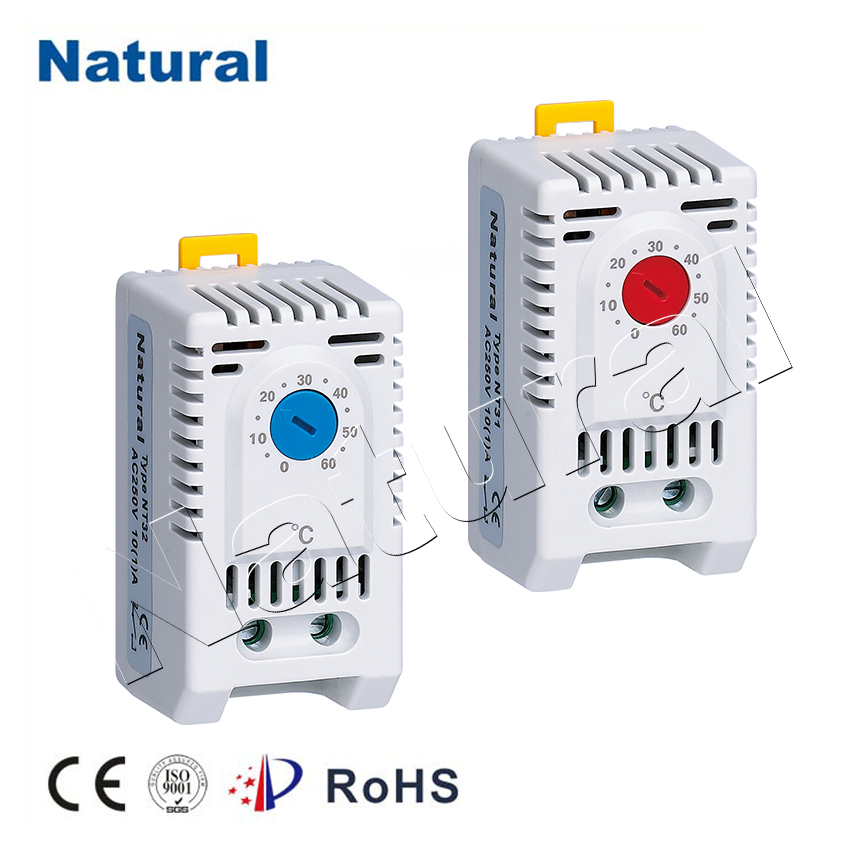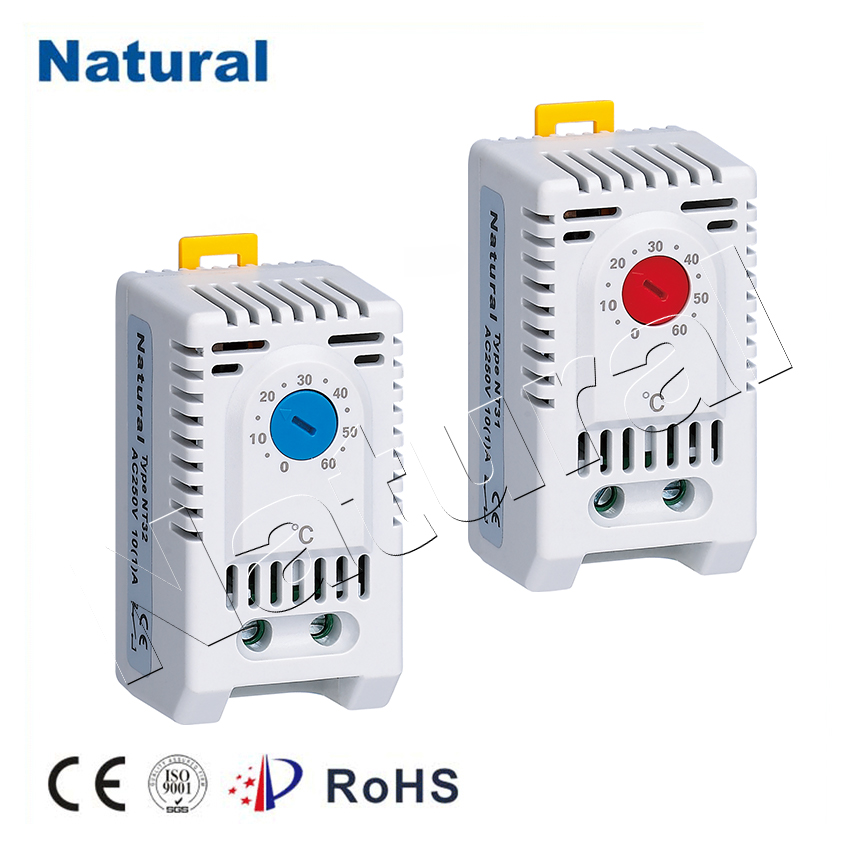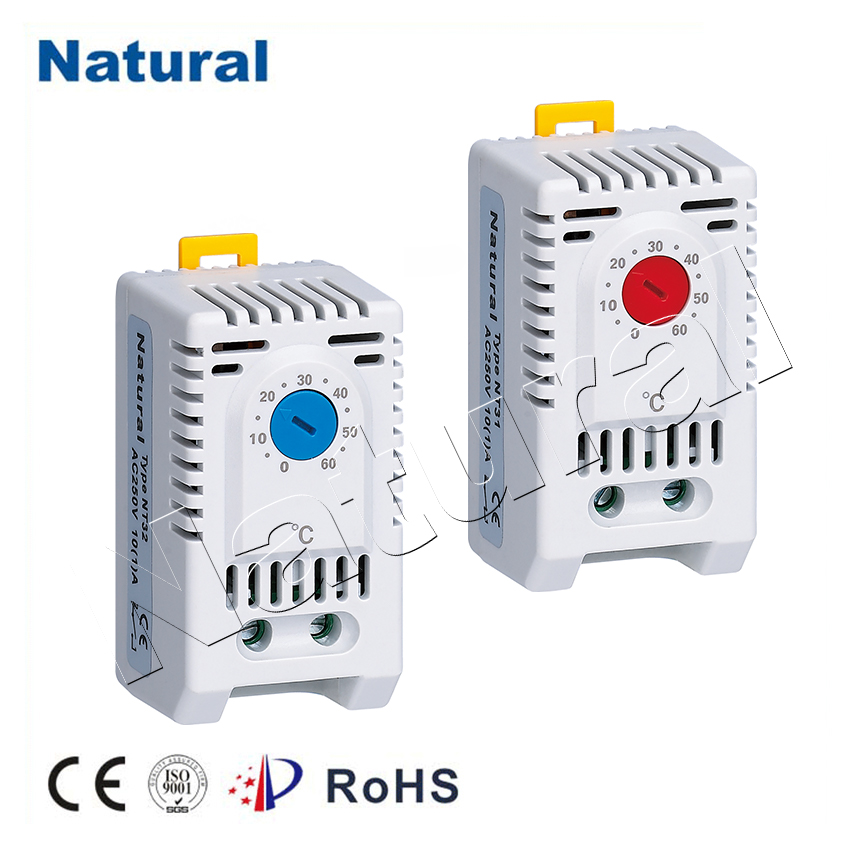In the world of electrical systems, efficiency, safety, and ease of maintenance are essential considerations. One key component that helps achieve these goals is the DIN rail thermostat. These thermostats are widely used in a variety of industrial and commercial applications to regulate temperature, ensuring that devices and systems operate within safe and optimal temperature ranges. In this article, we will explore what DIN rail thermostats are, their applications, benefits, and the reasons behind their growing popularity in modern electrical setups.

What is a DIN Rail Thermostat?

A DIN rail thermostat is a temperature control device designed to be mounted on a DIN rail, which is a standardized metal rail used for mounting various electrical components inside electrical panels or enclosures. The DIN rail itself is widely used in industrial automation systems and electrical installations due to its simplicity and ease of use. DIN rail thermostats are specifically designed to control temperature levels in electrical equipment by switching on or off heating or cooling devices when necessary. These thermostats feature built-in sensors that detect the temperature within the enclosure or area in which they are installed. Based on the temperature readings, they send signals to the connected devices to either increase or decrease the temperature. This can include activating a fan to cool down an overheated system or turning on a heater to maintain a specific temperature range. As part of the larger electrical control system, DIN rail thermostats are integral to maintaining the functionality and longevity of electrical devices.

Leave a Reply